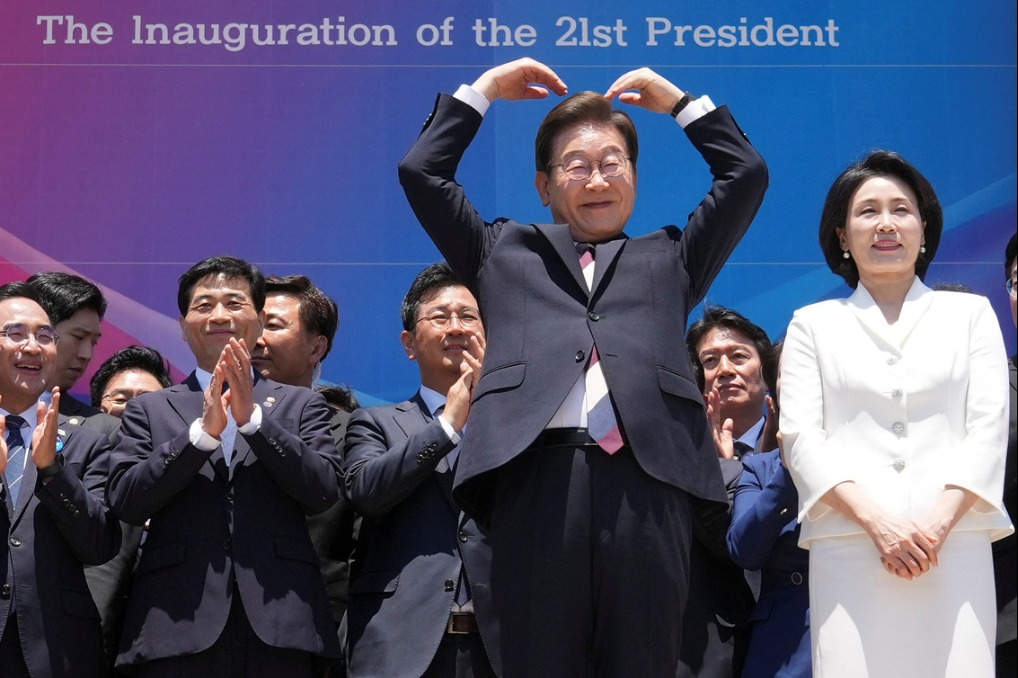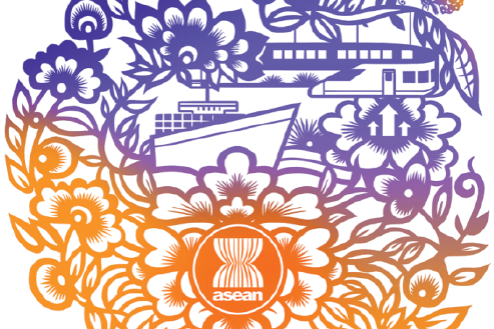Regional anchor
RCEP monetary system based on the renminbi may take shape in the future amid the increasing economic cooperation


The 2008 global financial crisis further exposed the defects in the current international monetary system dominated by the US dollar, generating strong international demand for the renminbi, which the International Monetary Fund, in response, added to its Special Drawing Rights basket of currencies.
The internationalization of the renminbi is different not only because the Chinese currency is not convertible, but also because China is located in East Asia. From the Bretton Woods system to the current international monetary system, the North-South gap has remained. Many East Asian countries are export-oriented economies that have developed close trade and economic cooperation with countries outside and within the region. However, all trade and economic cooperation in East Asia is in the US dollar, which has led to a currency mismatch. East Asian countries enjoy the world's fastest economic growth and have a great demand for funds, which can generate high returns for investors. They are thus the recipients of the most capital inflows.
However, the funds flowing into the region are mainly adopted in short-term projects, which causes term mismatching problems. East Asia is actually one of the regions with the world's highest savings rates. While, with its inadequate financial infrastructure and underdeveloped financial institutions and markets, savings cannot be converted into local investment directly, but are often mobilized by other regions in their investments into East Asia, forming the structural mismatch.
These problems, which were fundamental causes of the Asian Financial Crisis in 1997, generated the Chiang Mai Initiative. In 2000, the 10 countries of the Association of Southeast Asian Nations as well as China, Japan and the Republic of Korea (ASEAN+3) worked together to develop the CMI to address the international liquidity shortage in East Asia. The proposals included establishing a currency swap mechanism, developing foreign exchange reserves, and promoting the development of the Asian bond market.
China proposed in 2004 to promote CMI multilateralization (CMIM), which was accepted by all members. After the 2008 financial crisis, the CMI was finally transformed from an agreement into a multilateral mechanism. The ASEAN+3 Macroeconomic Research Office, a macroeconomic coordination agency headquartered in Singapore, was established in 2011.
The core of the CMIM is to transform foreign currencies into domestic ones, which has been progressing steadily with great achievements since its establishment two decades ago. As China has been ASEAN's largest trading partner for 12 consecutive years, the renminbi plays an increasingly important role in bilateral trade and investment. Six ASEAN countries have included the renminbi in their foreign exchange reserves.
The progress of the CMIM was reviewed at the ASEAN+3 Finance and Central Bank Deputies Meeting in 2019, during which it was proposed to accelerate currency localization, and consider the inclusion of the renminbi and the Japanese yen into the crisis relief mechanism. The Regional Comprehensive Economic Partnership agreement came into effect this year. As an upgraded mechanism from ASEAN+3, it will involve the CMIM, which will bring new opportunities for internationalization of the renminbi and promote multilateral use of the renminbi which has mainly been used in bilateral trade over the past decade.
In view of the current development trend, a regional monetary system may take shape in the future amid improving regional economic cooperation. If the renminbi becomes the anchor currency used by RCEP members multilaterally, it will join the US dollar and the euro in the list of major international currencies. Such a pattern suggests new prospects for the international monetary system, in which the currencies of members of a bloc are pegged to the anchor currency for fixed exchange rates, while exchange rates between the anchor currency of the bloc and the currencies of other regions float under management.
To realize the prospect, the position and role of regional anchor currencies in adjusting surplus and deficit of the balance of payments need to be identified. Since the establishment of the Bretton Woods system, the balance of payments surplus and deficit has always obeyed the rule of "my currency, your problem".
In other words, the balance of payments is the responsibility of the recipient of international liquidity, that is, the deficit side. And, only on the basis of that, can an economy receive assistance from the international community.
However, experience shows that once problems happen to international liquidity providers, or the surplus side, the deficit side and even the International Monetary Fund can hardly solve the problems, which will further lead to global crises like that in 2008.
In this sense, in the process of the currency localization in the Asia-Pacific region, efforts are needed to establish a mechanism in which both surplus and deficit sides are accountable for adjustments so that the bad results of single-direction adjustments can be avoided.

The author is chairman of BOCI Research Limited. The author contributed this article to China Watch, a think tank powered by China Daily. The views do not necessarily reflect those of China Daily.
Contact the editor at editor@chinawatch.cn


































